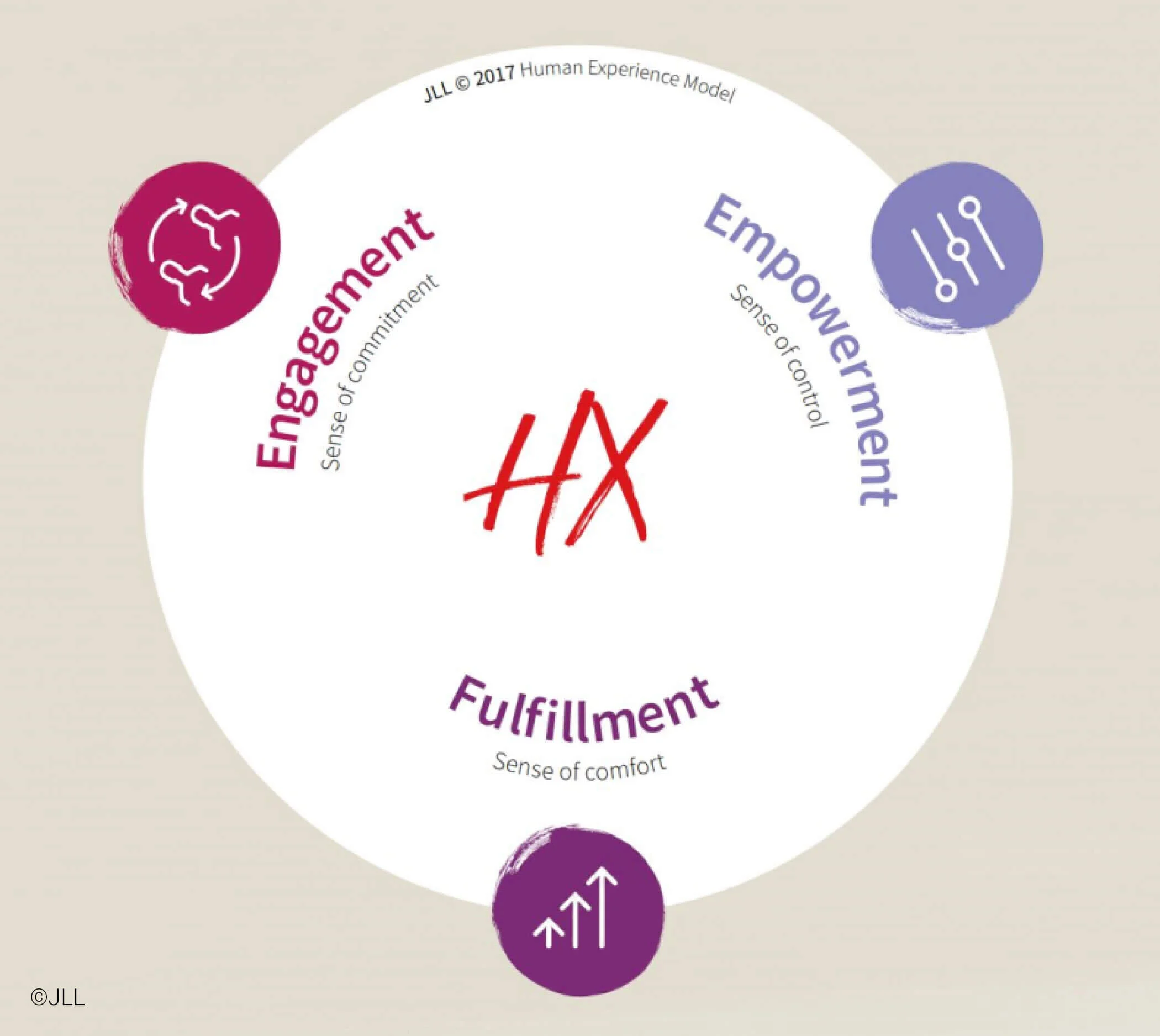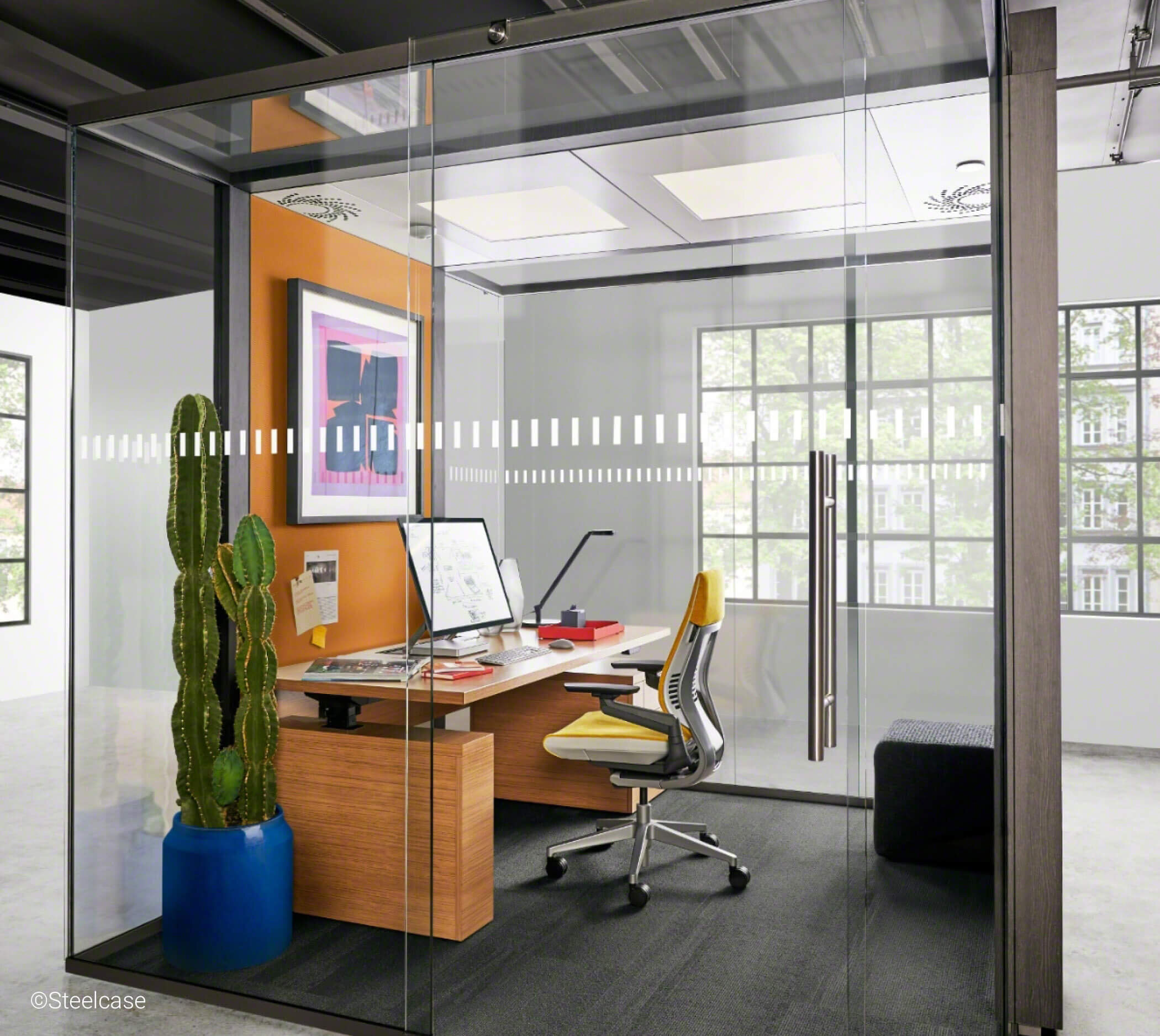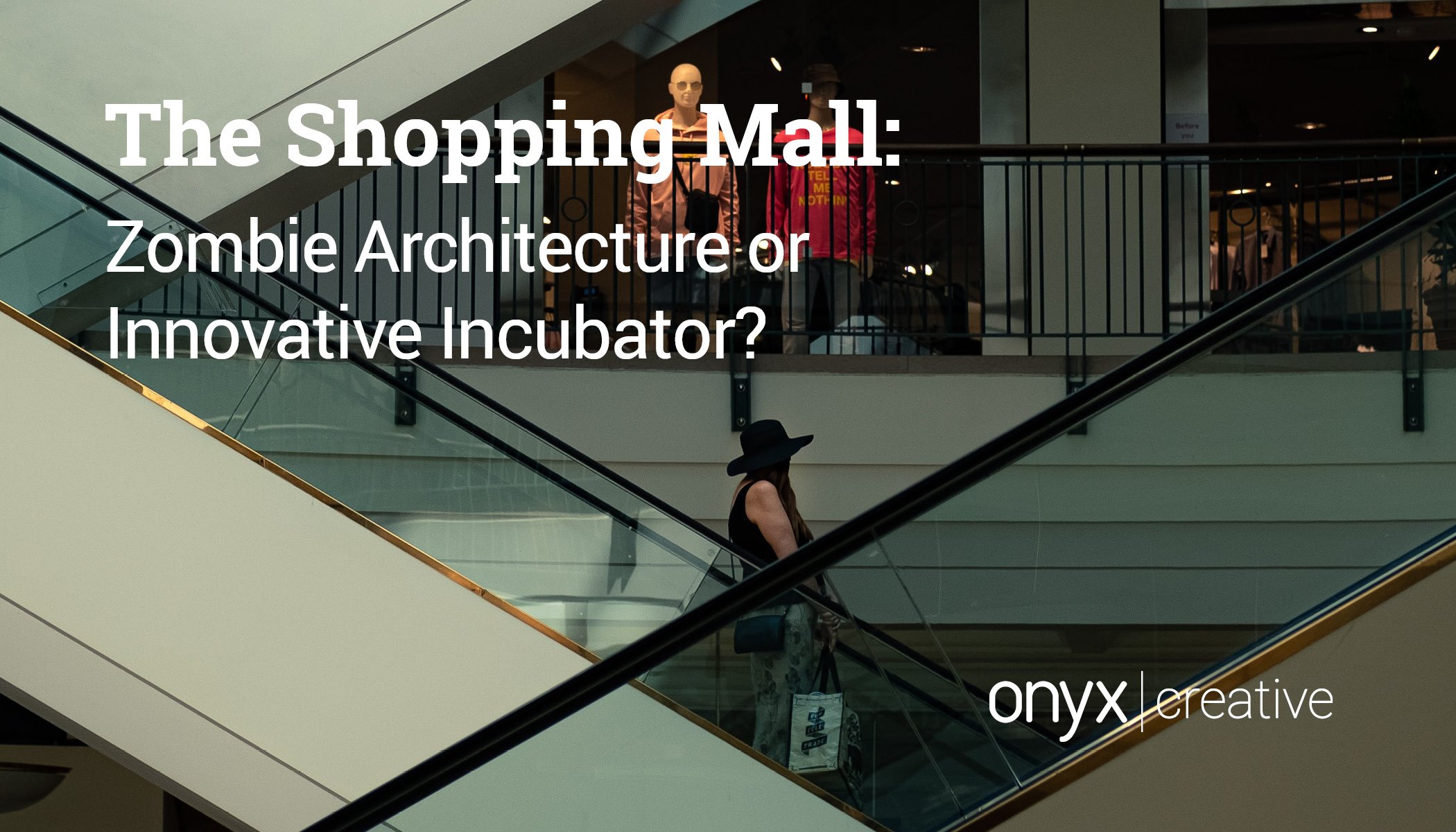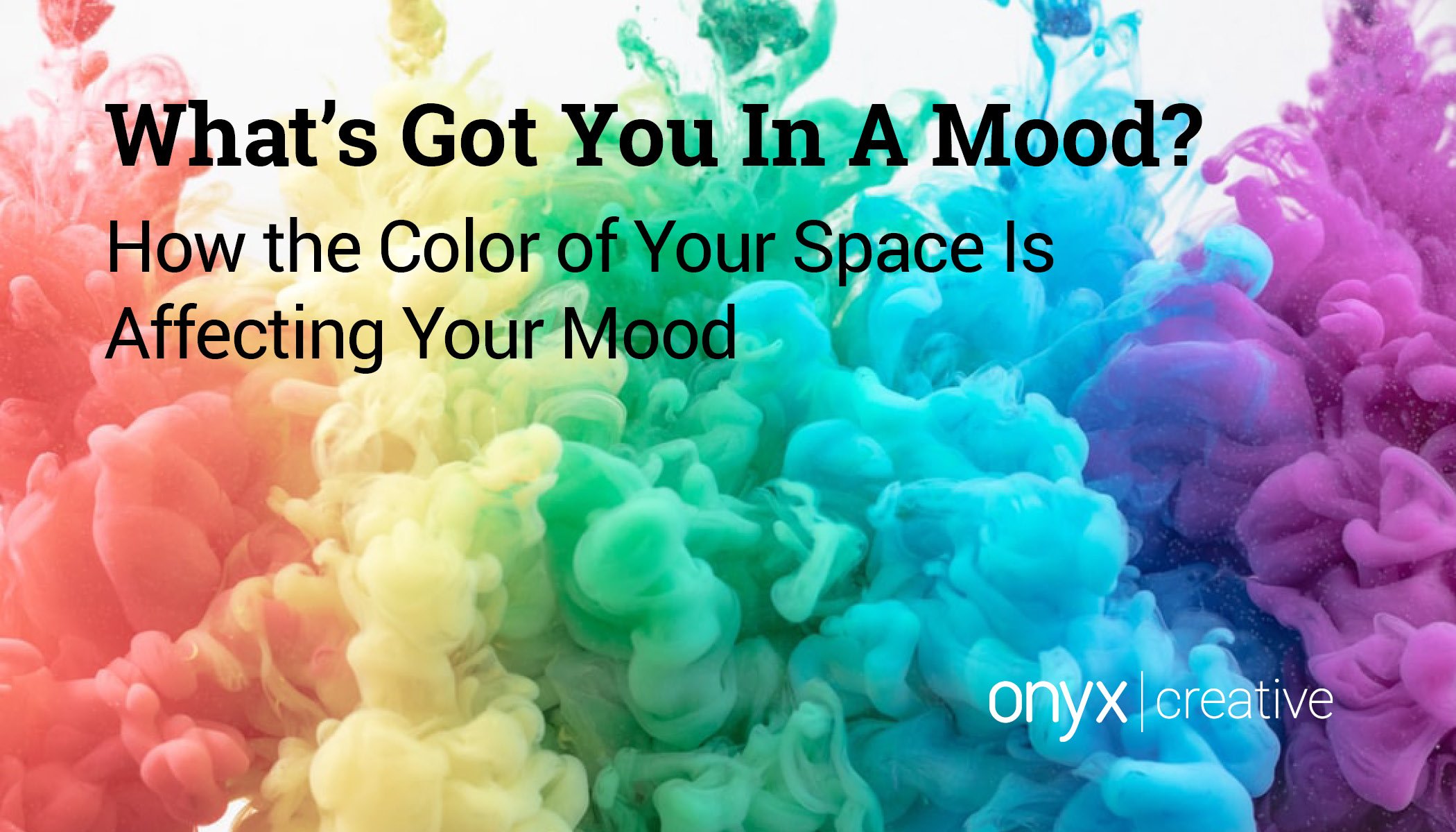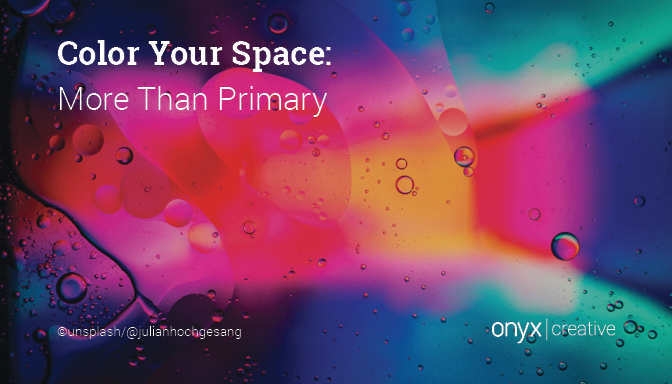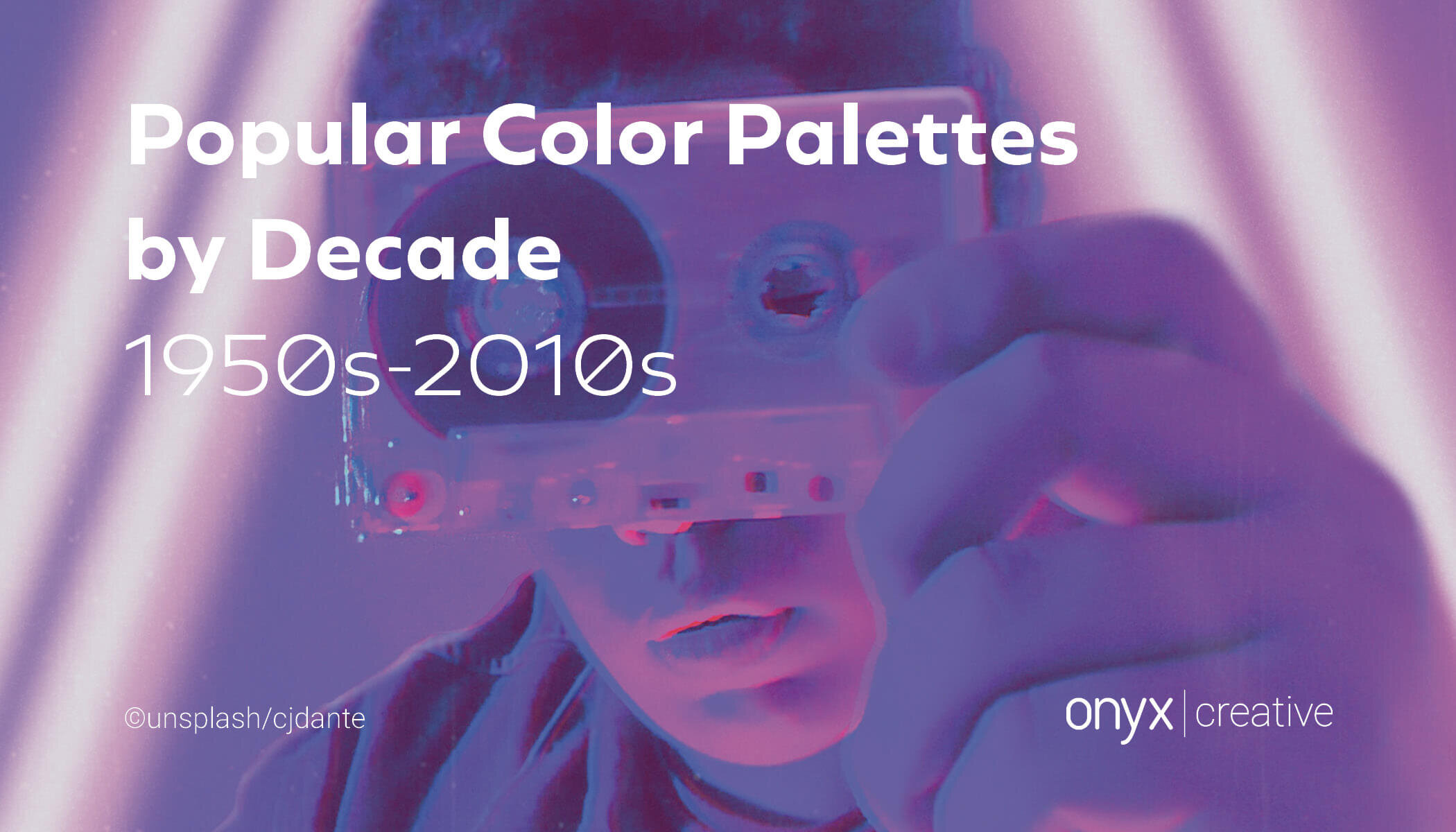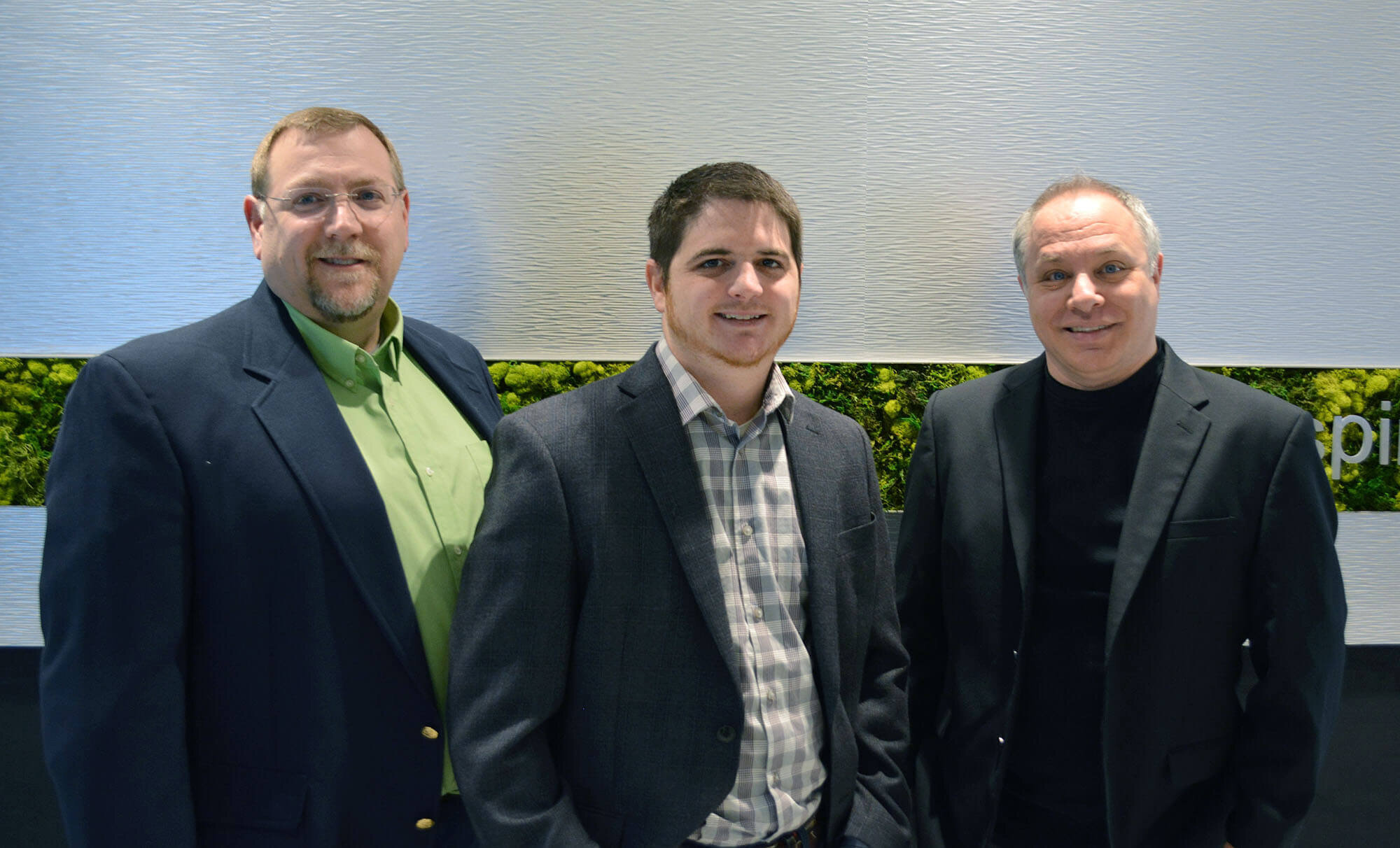Designing for the human experience in the office environment requires a holistic approach where people are the focus and their needs, emotions, and senses are supported and enhanced.
An office space should foster each employee’s sense of individuality and control to choose their type of work lifestyle. Having choice leads to empowerment and engagement within their work environment. When designing a space, it is important to provide different types of ‘work modes’ such as active zones, quiet zones, and social zones. Spaces that provide varied work modes give the employee an opportunity to choose their individual workstyle. Given choice, opportunity, and autonomy empowers an individual. A sense of empowerment and individuality reduces stress and leads to happier employees.
Humans are designed to move. Active zones provide physical movement which increases brain activity. This leads to better productivity from an employee. Active areas may include mobile meeting spaces, sit-to-stand workstations, or simply stairs in sight of view as a visual cue for their use. These opportunities all support a healthier lifestyle.
Quiet zones support employees’ peace of mind and help restore the senses. A refreshed person is more capable of coming up with new, more meaningful ideas. Creating spaces that layer in daylight and greenery creates a connection to nature. Nature is inherently rejuvenating and restorative to an individual’s wellbeing. It is important to have this opportunity available to employees. For more task-oriented quiet zones, different lighting options should be incorporated. This allows the employee control over the level of light intensity. Sound should also be kept to a minimum. This can be achieved through various acoustical materials on the ceiling, floor, walls, furniture, and accessories.
Humans are naturally drawn to each other and need social places to connect. Research has found that being disengaged can lead to depression. Building meaningful relationships with others provides humans with a sense of fulfillment. Well thought out design reduces spatial barriers allowing employees to better engage with each other. Whether it is a collaborative workspace or social setting, an engaged employee will more likely be collaborative and innovative. To encourage this, collaborative areas should be designed with no hierarchy status dictated by furniture. This is to ensure that each individual feels free to engage equally. Layering in natural light also encourages more openness and desire to be social.
Good design addresses the arrangement of furniture groups so as to encourage either open communication or private individual work. Furniture should be designed for the way employees work, keeping in mind flexibility for future adaptability. Some things to consider include mobile tables, adjustable seating, and accessible work tools. It is important to give an employee the autonomy over their immediate environment.
Besides being able to choose the way they work and engage with others, employees also want to have a positive experience and feel fulfilled in their workplace. Employees need to be able to nurture their personal and professional self. A holistic office environment provides the tools to lead the employee through a positive experience while encouraging health, well-being, safety, and personal control.
A certain level of personalization needs to be allowed and encouraged with employees. Encourage staff to select personal accessories for their own work areas and provide individually controlled lighting opportunities. This enhances individual autonomy and a sense of control over your environment. It is important to create opportunities for employees to share their personal life with each other. For example, in our office, we created a pet wall. Employees are encouraged to share images of their pets on this wall of photos. Designing for this opportunity helps bridge the gap between professional and personal life and promotes a feeling of comfort in the workplace.
Our senses also play a critical role in how we perceive the work environment. Jinsop Lee, in a 2013 TED talk, advocates that best designs address all, or most, of the senses that we experience. In the office environment, sight, sound and touch are the most impactful on the human experience.
One of the primary senses experienced in an office is sight where one’s demeanor can be influenced by color and light. Cool tones can create a calming and quiet effect providing a sense of clarity, and warm tones can invoke a sense of comfort and intimacy. Bright colors provide excitement and creativity while a neutral palette can give a sense of responsibility and professionalism. Layering different site lines and spatial elements allow the eyes to wander or focus as needed, while also providing wayfinding within the space. Sight lines to the outdoors and providing access to natural light are essential for the human body and restorative for one’s wellbeing. In a recent article in Psychology Today, researchers at Northwestern University in Chicago found that there is “a strong relationship between workplace daylight exposure and office workers’ sleep, activity and quality of life.” [1] A well planned office will maximize the daylight space by locating private offices and meeting spaces more internal with open office and work areas on the perimeter. By layering all these aspects of color, spatial cues and outdoor connections, the office environment can lead to a rich human experience.
Other significant factors that affect how one perceives the work environment are sound and temperature. Noise in the work environment can have a negative effect on human behavior. “If you can hear someone talking while you’re reading or writing, your productivity dips by up to 66%.” [2] “The dilemma today is that, while the trend of shared work spaces and open offices fosters a culture of communication and social interaction, it also contributes to employee dissatisfaction with speech privacy and concentration.” [1] Just as an office design needs to provide different settings for workstyle choice, it must also provide different soundscapes based on those work settings. Acoustic control can be addresses in a variety of ways. One way is to locate working areas in relation to each other so noise producing settings are away from private concentration zones. Another way is to introduce acoustic materials layered throughout the space such as acoustical ceilings, baffles, or heavy textiles to absorb or direct surrounding sounds. Even adding in live greenery and sound absorbing decorative accessories can help deflect noise.
Temperature of the space is perceived by our sense of touch. Air movement can make the space feel cooler than it actually is. The optimal temperature range for the greatest output at work is between 69.8 degrees and 71.6 degrees Fahrenheit, according to a 2006 study by the Helsinki University of Technology. Productivity decreases as temperature fluctuates above or below the optimal working temperature range. Implementing a variety of methods to control temperature and air movement can lead to a more stable environment and employee satisfaction. The office layout should allow ventilation flow through and around furniture. Due to the need for flexible work areas, temperature of the space can fluctuate based on the presence of people and movement. Some high activity areas may require more air movement or be provided in their own temperature controlled room. Strenuous task work should be placed in cooler parts of the office. For optimum performance, the thermostat should be away from direct sunlight and not blocked by furniture. Being able to control the amount of daylight entering work areas via window shades and mobile partitions will help reduce heat gain.
The perception of temperature is also related to the materials we see and touch. Whether a surface is hard, soft, rough or smooth, can impact how one feels within the space. Smooth and shiny surfaces may make us feel as though a space is cooler whereas soft and textural materials make us feel warmer. Humans are naturally drawn to the outdoors and materials that remind us of nature. Providing such materials and textures within the office space can help refresh a person’s state of mind.
“A comprehensive and cohesive sensory experience can ignite the imagination and endow spaces with a sense of peaceful calm or vibrant energy. Most importantly, employees must be given control and flexibility over their workspace layout and design.” [1]
The best designed office environments are those in which employees can choose their type of work lifestyle, engage with others, and promote their personal and professional well-being.
1. Bromberg, J. (2019). How the 5 Senses Help Inspire Workplace Productivity. [online] Modern Office Spaces, Meeting Spaces, and Event Venues | Convene. Available at: https://convene.com/catalyst/engage-5-senses-inspire-workplace-productivity/
2. May, K. (2019). 9 Ways That Sound Affects Our Health, Wellbeing and Productivity. [online] TED Blog. Available at: https://blog.ted.com/9-ways-that-sound-affects-our-health-wellbeing-and-productivity/
3. Peopleplacespace.org. (2019). Section 2: Human Perception and Environmental Experience – The People, Place, and Space Reader. [online] Available at: https://peopleplacespace.org/toc/section-2/
4. Corrigan, L. (2019). How the Temperature in the Workplace Impacts Productivity. [online] Available at: https://work.chron.com/temperature-workplace-impacts-productivity-5032.html


